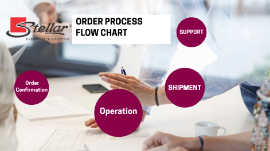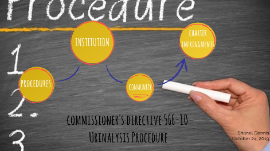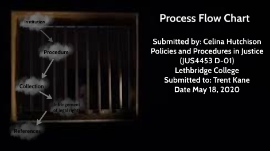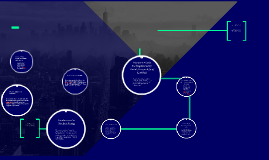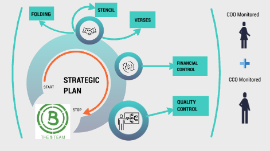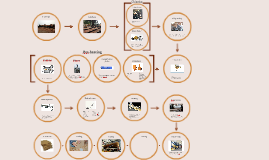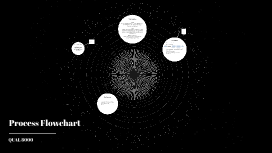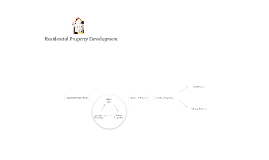Process Flow Chart
Transcript: Why & When Example- Bank Teller History -Introduced by Frank and Lillian Gilbreth in 1921 to members of the American Society of Mechanical Engineers Why -Effective communication, and analysis, easy and efficient debugging and testing, efficient coding, proper documentation and program maintenance When to use one? -understand a process, communication, documentation, planning Introduction Description What is a QC tool? - Tools used to analyze & improve processes There are 7 basic quality tools - Process Flow Chart What is it? -a map of sequence of steps and decisions points in a process What is a process flowchart? Common Symbols used: Process Flowchart Oval Arrow Parallelogram Rectangle Diamond Group No. 4 Helena Nidogon (8728283) Swastik Upadhyay (8744842) Yash Patel (8718849) Nihar Mistry (8721216) Quality Strategy & Value Creation Prof. Robert Elder February 11, 2021 Methods used to draw a process flowchart include: - Pen & paper - online graphing software What are basic flowchart procedures and considerations? References Amit. “What Is a Process Flowchart and How to Use It.” (26 Feb. 2020), Retrieved February 12, 2021 , from https://tallyfy.com/process-flowchart/ “Flowchart.” Wikipedia, Wikimedia Foundation, (28 Jan. 2021), Retrieved February 12, 2021, from https://en.wikipedia.org/wiki/Flowchart What is a process flowchart and how to use it? (2020, May 23). Retrieved February 12, 2021, from https://www.solvexia.com/blog/what-is-a-process-flowchart-and-how-to-use-it “What Is a Flowchart?” ASQ. Retrieved February 12, 2021 from https://asq.org/quality-resources/flowchart Process Flowchart QUAL 8000






